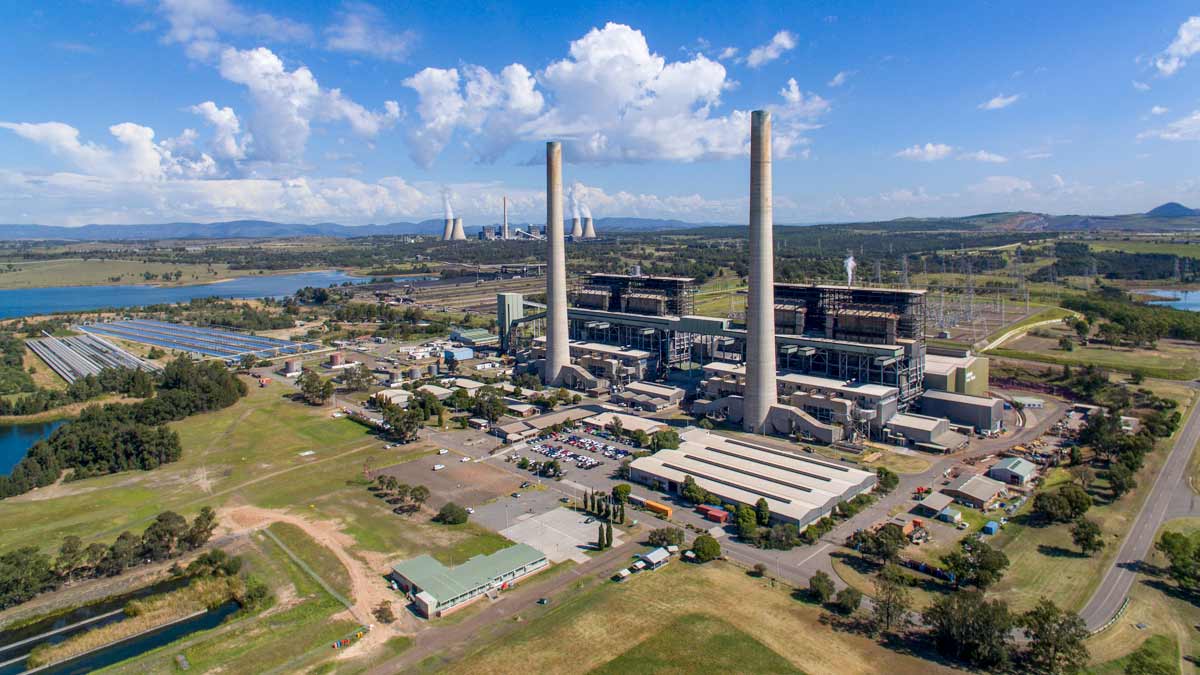Australia might boast about the uptake of renewables in recent years, but its major energy utilities still trail their global peers, and have been given a relatively poor rating for the speed of their transition to green energy.
Bloomberg NEF has rated 98 power utilities across the world, and the report focuses on the large, influential power generators in most major markets on their preparedness for a low-carbon world.
Two Australian utilities were included in its utilities transition scores, and both fell below the median, with AGL at number 52 and Origin at number 60.
According to BNEF the main reason is their thermal power sources (particularly coal) which account for a large share of both companies’ overall capacities.
AGL recently rejected joint bids from Australian tech billionaire Mike Cannon-Brookes and Canada’s Brookfield, who wanted to accelerate that company’s exit from coal, while Origin recently fast tracked the closure of its one coal generator, Eraring, to 2025.
“Emissions intensity of power production is a major differentiator between utilities and is the highest-weighted metric in our model,” a BNEF spokesperson said.
“Additionally, neither is adding renewables capacity at a fast enough pace to stand out among peers.”
The Hong Kong based CLP (the owner of EnergyAustralia) was also included in BNEF’s scores and ranks at number 59.
The top rating utilities were Germany’s E.ON, Spain’s Iberdrola (which now owns Australia’s Infigen) and France’s EDF, who were rated the highest for managing climate risk and being best placed to take advantage of opportunities arising from the energy transition.
Other utilities in the top 10 included another two companies active in Australia’s electricity grid, including Engie and Enel.
BNEF said the ability to generate relatively low-carbon power from renewables, hydro or even nuclear is a major determinant of transition risk exposure.
Leading companies already fare well on this metric. The top ten scorers produce on average 0.16 tons of CO2 per megawatt-hour of power, but this rises to 0.67 tons for companies in the bottom ten.
It says leaders are also seeding low-carbon business lines, for instance by developing projects across hydrogen, carbon capture, renewable power purchase contracts, and electric vehicle charging.
“BNEF’s project-level data across all of these technologies is fundamental to transition risk evaluation,” said Danya Liu, sustainability analyst at BNEF and lead author of the report.
“It cuts through the glaze of corporate commitments and makes progress across low-carbon innovation comparable across companies.
“Clean energy enables the climate transition for all other sectors. So to understand how the global economy reaches net-zero, we have to accurately gauge how utilities, the providers of clean energy, are adapting and at what speed.”.
Jonas Rooze, BNEF’s head of sustainability research, said investors are increasingly asking questions about the climate transition because they recognise that it brings both potential risk and opportunity.











